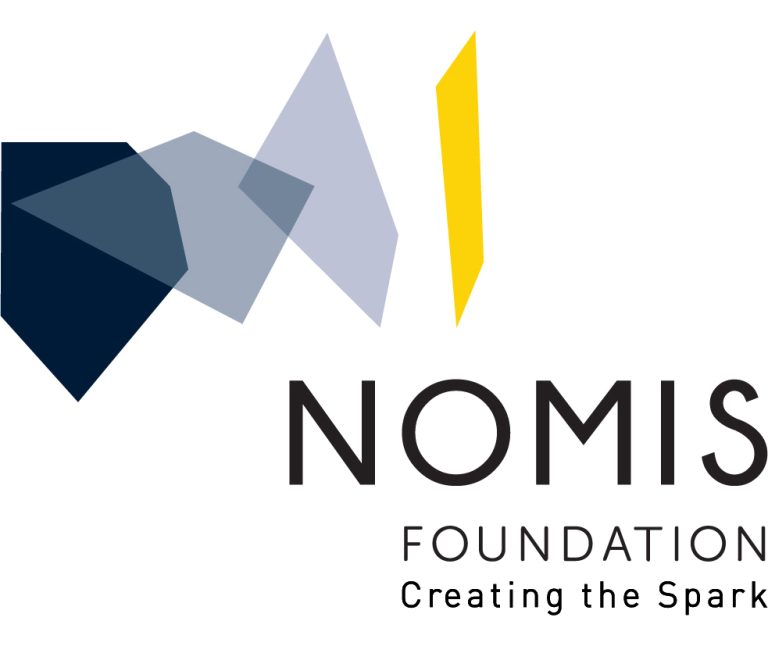Here, we explored the role of perceived interpersonal closeness in joint action using the joint Simon task in adolescents and adults. In a two-choice reaction time task, spatially assigned responses to non-spatial stimulus features are faster when the stimulus and response are in congruent locations than not. This phenomenon is called Simon effect and is absent or strongly attenuated when a participant responds to only one of the stimuli. However, the effect reappears when two participants carry out the same go/no-go tasks cooperatively. This re-emergence of the Simon effect in joint action is called the joint Simon effect (JSE). In this study, we first replicated the standard and joint Simon effects in adolescents (n = 43), as well as adults (n = 39) with similar magnitude of the effects in the two age groups. The magnitude of the JSE was positively correlated with the level of closeness as measured by Inclusion of Other in the Self scale. This correlation was not significantly different in adolescents (n = 73) compared to adults (n = 71). Our findings show that joint action is sensitive to the social factor such as interpersonal closeness, and the underlying mechanisms are already mature by adolescence.




